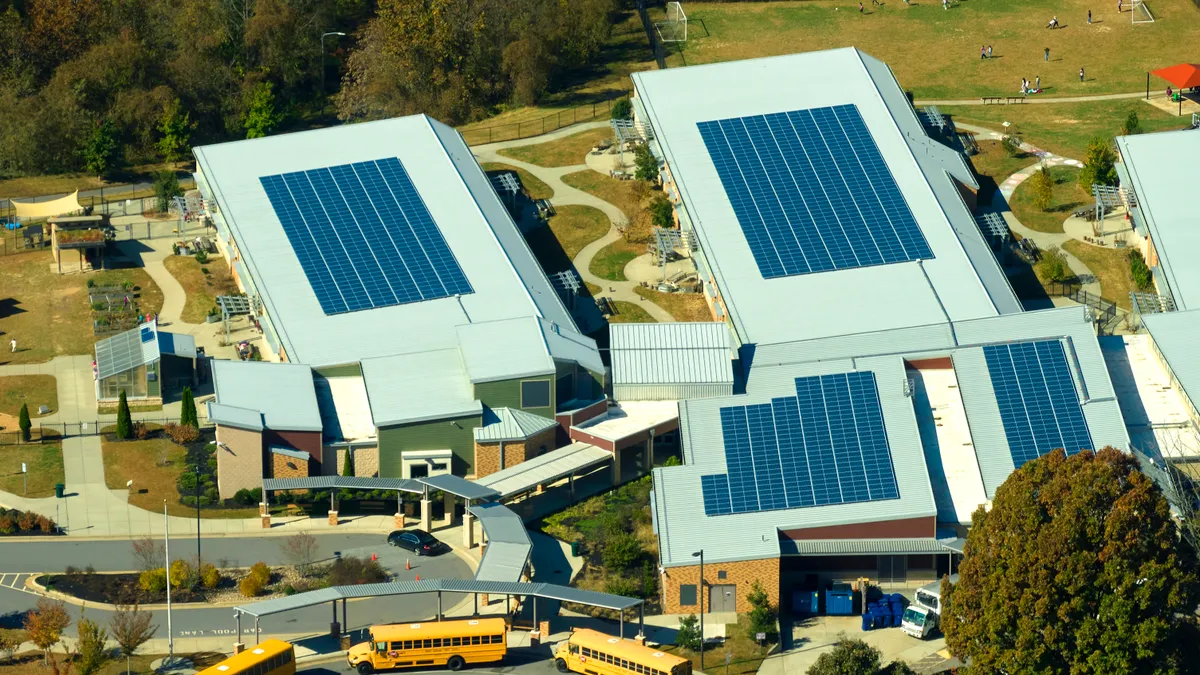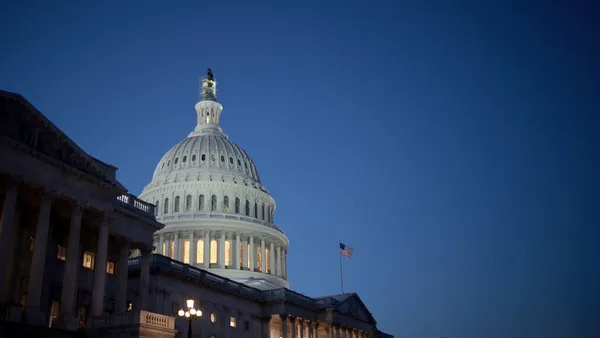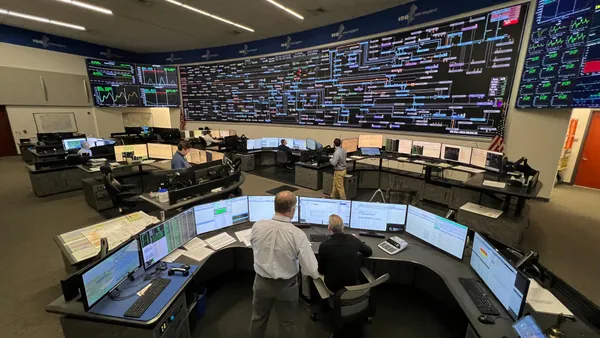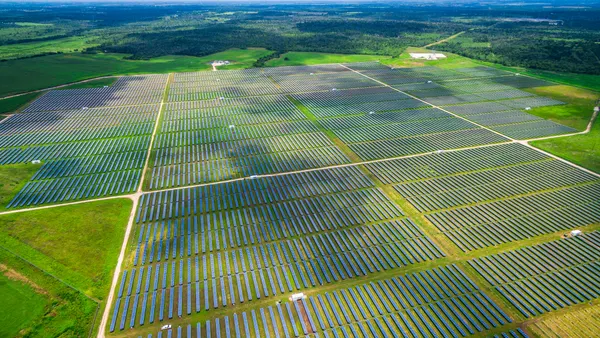Dive Brief:
- The U.S. Treasury on Tuesday finalized its guidance for the technology-neutral 45Y and 48E clean electricity tax credits introduced in the Inflation Reduction Act, a week after the credits went into effect and replaced their predecessors — the Section 45 production tax credit and the Section 48 investment tax credit.
- “The final rules issued today provide important clarity and certainty around what clean electricity zero-emissions technologies qualify for the credits — including wind, solar, hydropower, marine and hydrokinetic, geothermal, nuclear, and certain waste energy recovery property,” Treasury said in a release.
- They’re “the most important clean energy tax credits ever enacted,” said Brad Townsend, vice president of policy and outreach at the Center for Climate and Energy Solutions.
Dive Insight:
These credits are important because their tech-neutral nature makes them “much more innovation-friendly than the previous framework,” Townsend said, and because of the long-term certainty they will provide “by being on the books until at least 2032.”
“That’s a much longer runway than project developers have had over the last, 10, 15, 20 years,” he said. “Given the scale of the investment, the timelines involved, the permitting challenges, I think all of those [factors] combined point to this being one of the most important clean energy tax credits ever enacted.”
The Solar Energy Industries Association and the American Council on Renewable Energy both praised the credits in Tuesday releases. ACORE President and CEO Ray Long called the credits a “game-changing policy,” and SEIA President and CEO Abigail Ross Hopper said the credits “further [incentivize] solar and storage projects to use U.S.-made components like solar modules, trackers, and batteries.”
“Attempts to revoke these rules will only make it easier for China to win the race for global solar market dominance while killing American jobs and much needed economic opportunity,” Hopper said.
The tech-neutral credits have the potential to be the “workhorse” of the Inflation Reduction Act’s suite of credits, Townsend said, pointing to a May analysis from the Rhodium Group that estimated that the credits will drive an additional 146 GW to 308 GW of clean energy capacity to the U.S. grid by 2030.
Anna-Marie Laura, senior director of climate policy at the Ocean Conservancy, said that finalized guidance for the credits is particularly beneficial to the offshore energy industry, as many offshore wind projects have received permits but not yet begun construction.
“For the projects that haven't started construction yet, the previous tax credits would not be available to them,” she said. “So having the tech neutral tax credits and having these regulations be effective immediately, means now those financial incentives that they used to plan the projects are available …. This is what they've been waiting for to be able to move forward, knowing exactly how it's going to work and exactly what's available.”
The Section 45 production tax credit and the Section 48 investment tax credit were available to projects that began construction before 2025, and qualifying projects placed into service after December 31, 2024, will be eligible for the tech-neutral 45Y and 48E credits.
Laura said the credits will also boost other sectors of the offshore energy industry, including emerging technologies designed to capture wave energy or tidal energy.
“Because these tax credits are now tech neutral, it means that if [these emerging technologies] were to reach a point where they could be commercialized, there's more in it for people to develop them now,” she said. “Wave and tidal [have] potential in places where things like large-scale offshore wind aren’t available. Remote communities, for example in Alaska, and islands.”
Townsend said the credits will boost technologies “that we can't even envision right now” by not making them “jump through the hoops of working with lobbyists for five to 10 years to familiarize policymakers with the technology so that they can hopefully add it someday to the list of eligible technologies.”
“This sets a performance goal, and any technology that's able to qualify is going to be able to benefit,” he said. “And that, I think, is going to help us not only move emerging technologies like advanced nuclear, but also keep the door open for new innovative technologies and approaches that can deliver emissions reductions, economic growth, job creation.”















